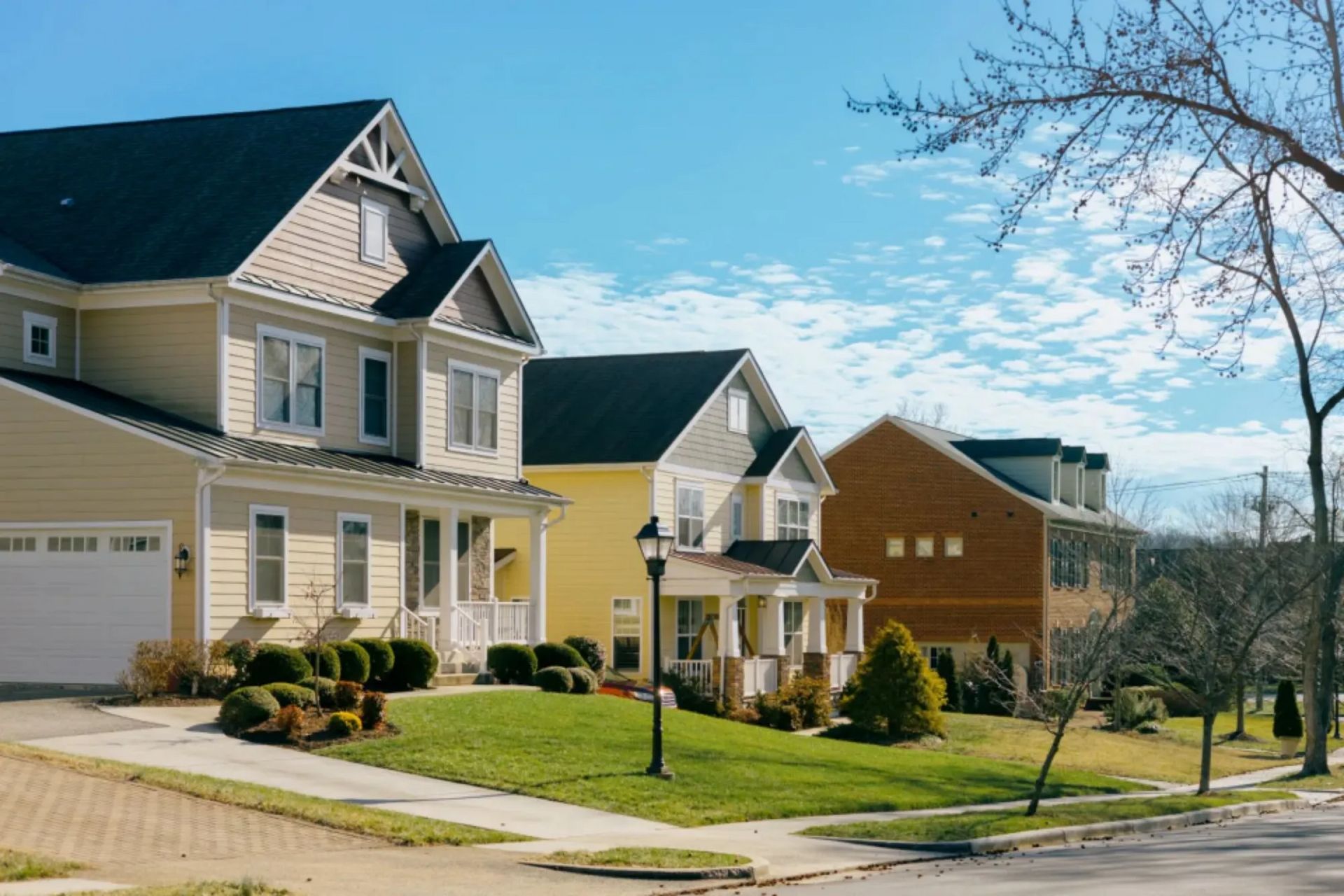- HOA Leaders' Brief
- Posts
- Community Value Co-Creation Model
Community Value Co-Creation Model
Good morning!
We’re closing October with real momentum — projects are shipping, teams are collaborating tighter than ever, and our focus is sharper heading into Q4. Let’s keep our energy on the essentials: delivering great products, caring for customers, and finishing the year with discipline and pride in how we work.
— Lucas Robinson, Founder & CEO at BudgetMailboxes.com
🎯 This Week’s Strategy:
Community Value Co-Creation Model
🌐 Boardroom Brief:
California Caps HOA Fines — A Turning Point for Fair Enforcement
Strategy
🎯 Community Value Co-Creation Model
In today’s evolving HOA landscape, community value is no longer defined solely by property aesthetics or amenities, it’s built through shared ownership and collaboration. The Community Value Co-Creation Model centers on engaging residents, board members, and management teams in jointly shaping the community’s experience and future priorities. This approach moves beyond traditional “top-down” governance by inviting homeowners to contribute ideas, resources, and participation in initiatives that enhance collective value.
When residents feel heard and invested, they’re more likely to support HOA decisions, maintain their properties, and champion community initiatives. The result? A thriving, cooperative neighborhood with higher satisfaction, improved compliance, and stronger property values.
How HOA Leaders Can Implement a Community Value Co-Creation Model
1. Foster Inclusive Participation
Create opportunities for residents to co-create ideas and solutions alongside the board.
Action Steps:
✅ Host quarterly “Community Forums” where residents can share improvement ideas.
✅ Use online surveys or suggestion portals to collect feedback on priorities (e.g., landscaping upgrades, new amenities).
✅ Recognize valuable contributions publicly spotlighting engaged residents encourages broader participation.
2. Develop Shared Projects and Committees
Empower residents to take ownership of specific initiatives that align with community goals.
Action Steps:
✅ Establish resident-led committees (e.g., sustainability, events, safety).
✅ Provide clear guidelines, budgets, and communication channels for each committee.
✅ Celebrate completed projects through newsletters or community gatherings to reinforce shared pride.
3. Align Co-Creation with Strategic Objectives
Ensure that resident-led initiatives support the HOA’s long-term vision and compliance standards.
Action Steps:
✅ Communicate the community’s strategic plan and how each project contributes to it.
✅ Use measurable outcomes like engagement levels or cost savings to track impact.
✅ Reassess alignment annually to ensure initiatives continue to drive tangible value.
4. Leverage Technology for Collaboration
Digital tools make community collaboration easier and more transparent.
Action Steps:
✅ Implement HOA management software with discussion forums and feedback tools.
✅ Use digital polls for decision-making to increase participation rates.
✅ Share project updates, results, and progress dashboards through a community portal or app.
5. Build a Culture of Trust and Transparency
Trust is the foundation of successful co-creation. When residents see their input influencing outcomes, long-term collaboration follows.
Action Steps:
✅ Communicate decisions clearly explain why ideas were adopted or not.
✅ Provide transparent financial and project reporting.
✅ Encourage open dialogue in meetings, treating feedback as partnership, not criticism.
Why It Matters
Adopting a Community Value Co-Creation Model transforms residents from passive stakeholders into active partners. It reduces friction between boards and homeowners, strengthens engagement, and leads to better-informed decisions. By co-creating value, HOAs can cultivate a sense of belonging that extends beyond property lines, turning neighborhoods into communities that people are proud to call home.
Home insurance costs continue to climb, with premiums rising over 9% this year and more than 60% in the past five years. However, coverage hasn’t kept pace, leaving many homeowners paying significantly more for less protection. With affordability becoming a growing concern, it’s more important than ever to compare options—check out Money’s handy home insurance tool to find the best fit for you.
Boardroom Brief
California Caps HOA Fines - A Turning Point for Fair Enforcement

California’s newly enacted HOA fine cap limiting most violations to no more than $100 marks a major shift in how community associations can enforce their rules. The law, championed by State Senator Aisha Wahab, aims to protect homeowners from excessive penalties that have in some cases reached thousands of dollars or even cost residents their homes. With nearly two-thirds of California homeowners living in HOAs, the legislation is designed to rebalance power between boards and residents, promoting fairness and housing affordability. However, some association leaders caution that reduced fine limits could weaken their ability to deter repeat violations. For HOA boards nationwide, this serves as a signal: enforcement transparency, resident communication, and creative non-monetary compliance strategies will be increasingly critical as regulatory scrutiny of HOA governance grows.
Game
🎉 Fun Finale: Play & Poll
California has capped most HOA fines at $100 per violation to protect homeowners from excessive fees. If similar limits were proposed in your state, what would be your stance?(Tap on your answer) |
 Real workflows. Real results | Curious About Agentic AI?A FREE community where agentic AI workflows are built and shared. |
Fact-based news without bias awaits. Make 1440 your choice today.
Overwhelmed by biased news? Cut through the clutter and get straight facts with your daily 1440 digest. From politics to sports, join millions who start their day informed.


